
Rain with Chance of West Nile: Weather Could Predict Outbreaks (Podcast)
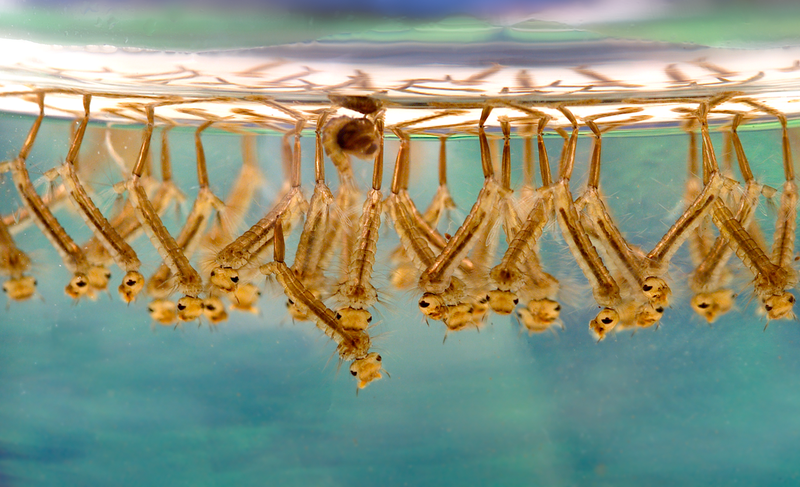
Charlie Heck, multimedia news editor at the U.S. National Science Foundation (NSF), contributed this article to Live Science's Expert Voices: Op-Ed & Insights.
Sprays, candles and zappers — what do they have in common? They might just be your only defense against backyard barbecue crashers: mosquitoes. While these little bugs can put a damper on outdoor activities, they can also have much worse effects, by transmitting West Nile virus. Although 80 percent of people infected with this virus don't get sick, and less than 1 percent develop serious infections of the brain or spinal cord, there is no vaccine or specific treatment for the disease.
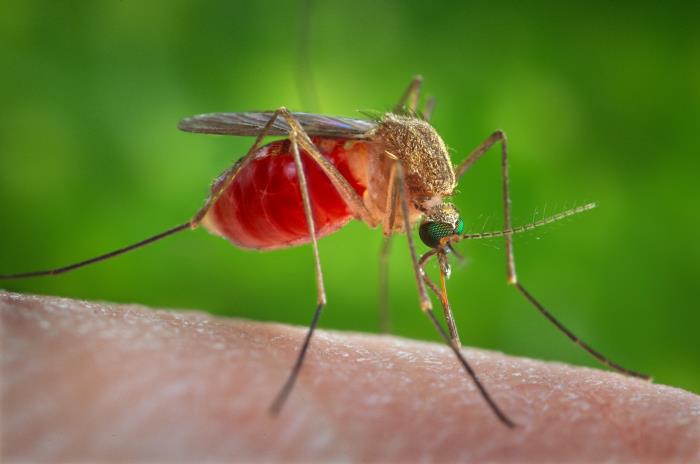
What if scientists could "forecast" West Nile outbreaks? With support from the U.S. National Science Foundation (NSF), a team of scientists at the National Center for Atmospheric Research and the U.S. Centers for Disease Control and Prevention (CDC) has identified a strong correlation between weather conditions and the occurrence of West Nile virus in the United States, raising the possibility of a West Nile virus forecasting system.
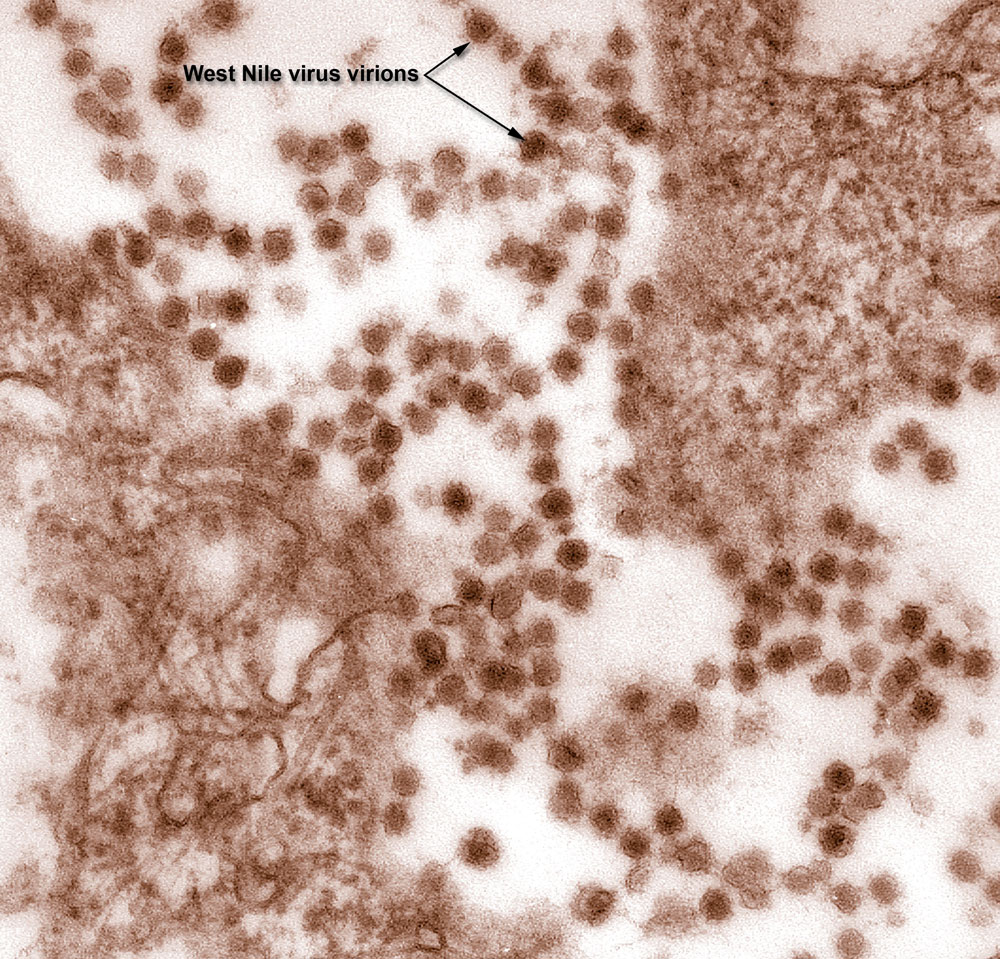
In a podcast for Science360, NSF interviewed Micah Hahn, a postdoctoral fellow at the National Center for Atmospheric Research and the CDC and Andy Monaghan, a scientist at the National Center for Atmospheric Research, both members of the research team.
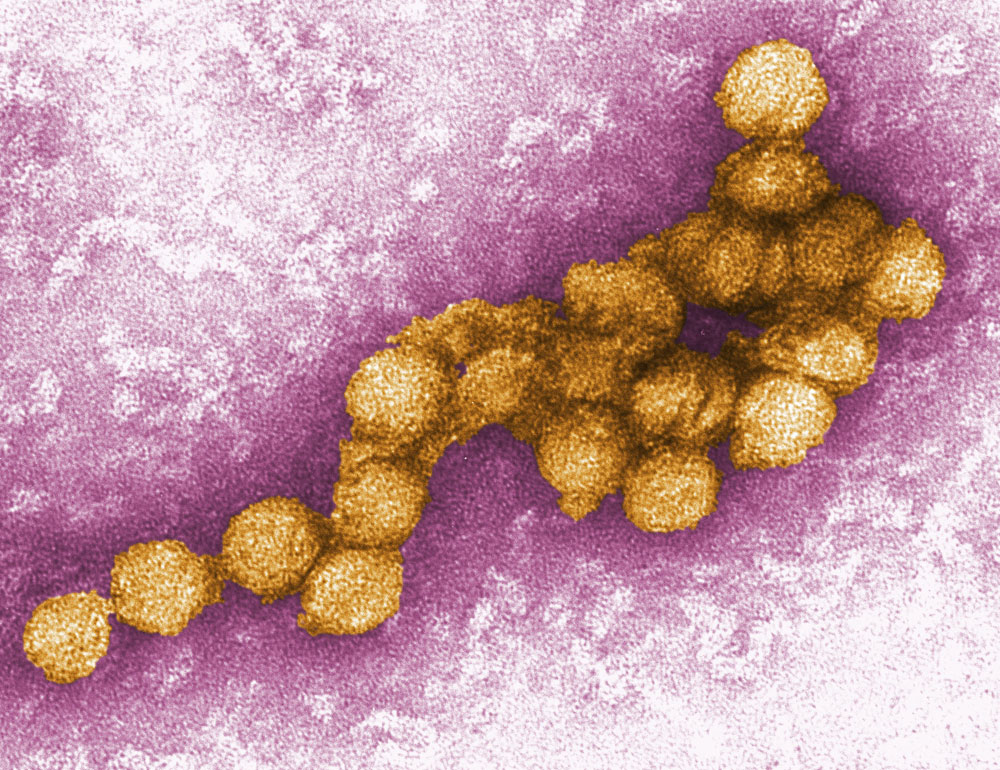
"Because there's no vaccine or treatment for West Nile, we're really predicting when and where we might expect to see higher risk, so we can help target public health messages to high-risk regions of the country," said Hahn. "Counties will have additional information to use for deciding about when, where and if they should do mosquito control."
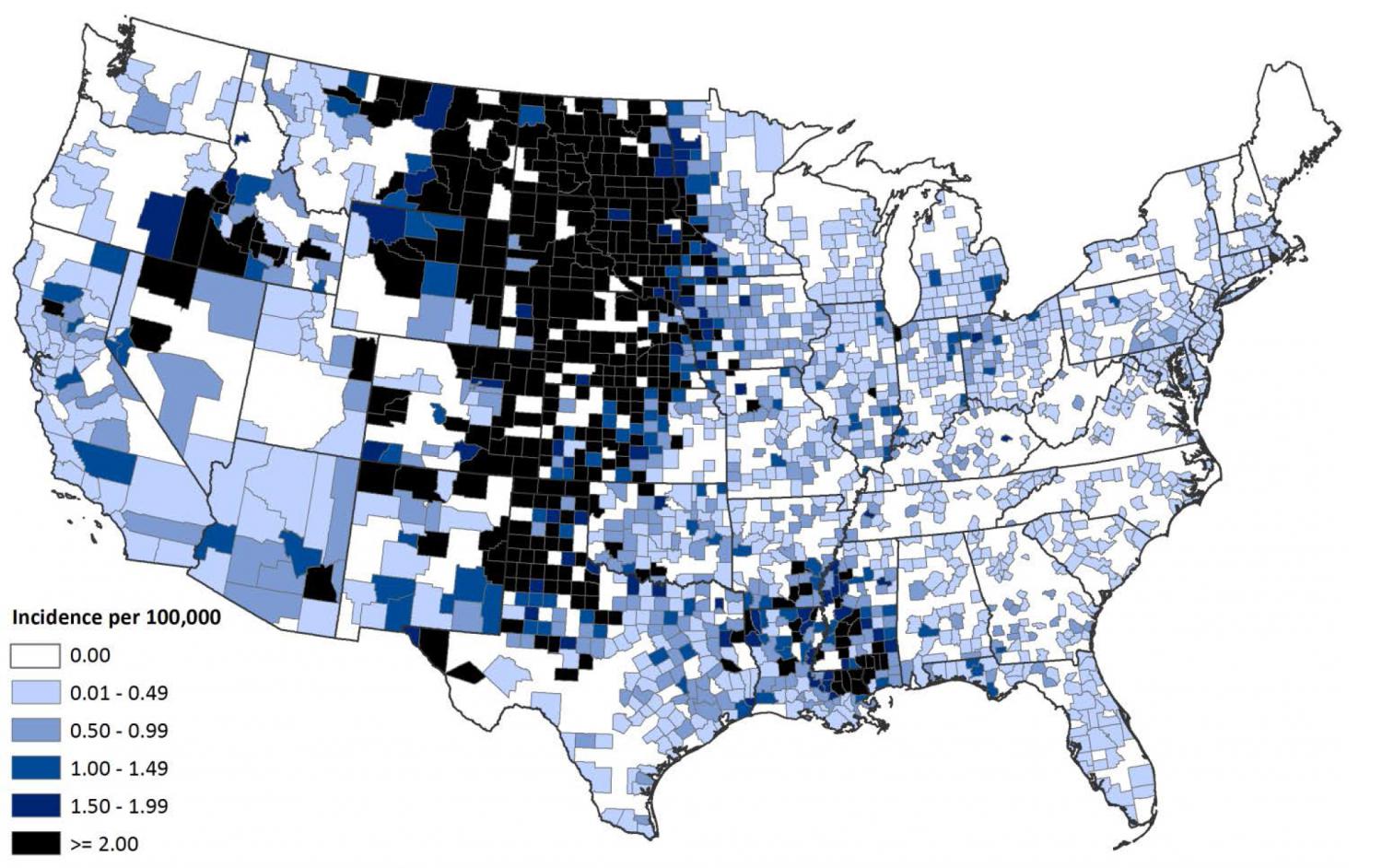
The team plans to add additional variables to refine the predictions and eventually create a forecast of where the United States can expect to see higher risk of outbreaks in the coming seasons, the researchers said. [5 Things You Need to Know About West Nile Virus ]
Hahn is lead author and Monaghan co-author of the paper, "Meteorological conditions associated with increased incidence of West Nile virus in the United States," published in the American Journal of Tropical Medicine & Hygiene.
Sign up for the Live Science daily newsletter now
Get the world’s most fascinating discoveries delivered straight to your inbox.
Follow all of the Expert Voices issues and debates — and become part of the discussion — on Facebook, Twitter and Google+. The views expressed are those of the author and do not necessarily reflect the views of the publisher. This version of the article was originally published on Live Science.









